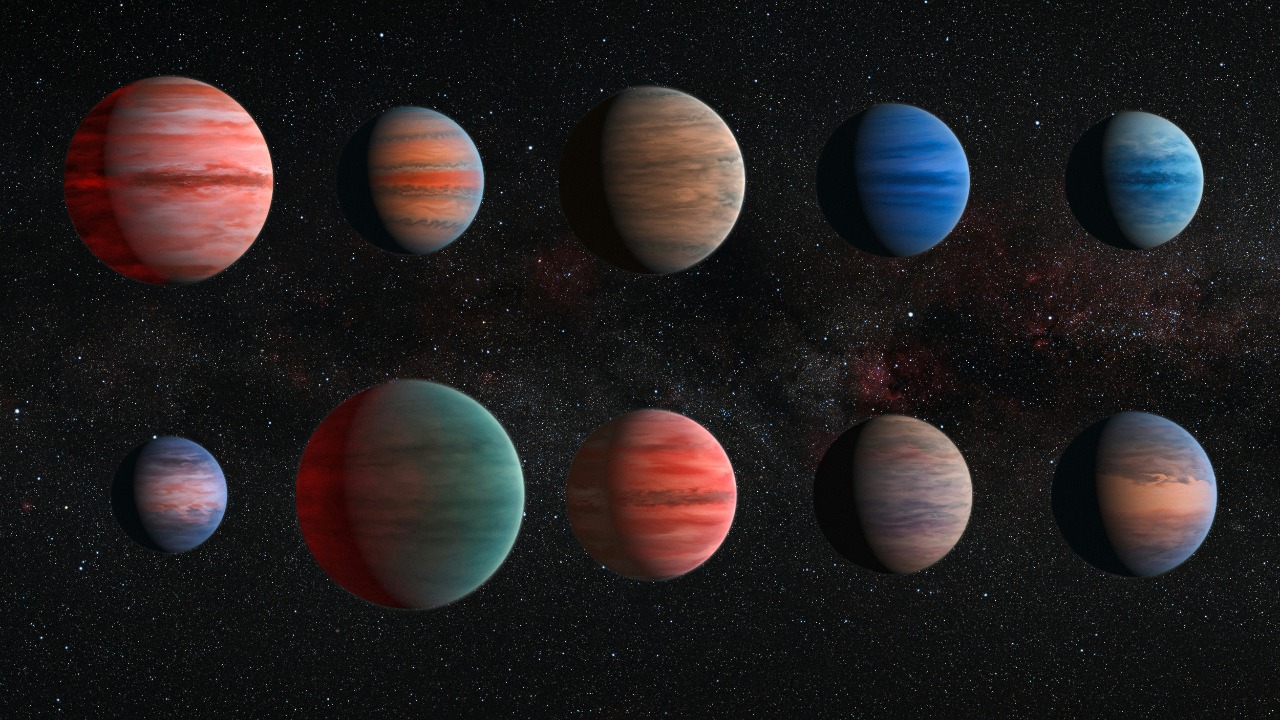
NASA’s exploration of distant worlds continues to captivate our imaginations as new planets are discovered orbiting stars beyond our solar system. These exoplanets offer intriguing possibilities for understanding the universe and the potential for life beyond Earth. Let’s delve into some of the remarkable planets that NASA has recently unveiled.
Kepler-186f

Kepler-186f is a groundbreaking discovery in the constellation Cygnus, known as the first Earth-size planet found in the habitable zone of another star. This remarkable planet orbits its star, Kepler-186, at a distance that allows for liquid water to exist on its surface. This discovery was a major milestone for astronomers searching for Earth-like planets. Although Kepler-186f is 500 light-years away, it has ignited interest due to its similarities with Earth, raising questions about its potential to harbor life.
The planet is part of the Kepler-186 system, which includes four other planets. The discovery of Kepler-186f was made possible through NASA’s Kepler Space Telescope, which has identified thousands of exoplanet candidates during its mission. For more details about the synchronized dance of this system, you can read more here.
Kepler-452b

Often referred to as Earth’s “cousin,” Kepler-452b is another fascinating exoplanet that is believed to have characteristics similar to our home world. It orbits a star much like our sun, located in the constellation Cygnus, about 1,400 light-years away. The planet’s position within its star’s habitable zone suggests it could have conditions suitable for liquid water, making it a prime candidate for studying the potential for life beyond Earth.
Kepler-452b’s discovery was significant because it reinforced the idea that Earth-like planets could be common in the galaxy. The planet is about 60% larger than Earth, which provides scientists with new data points on how planets form and evolve in a star’s habitable zone. Learn more about this super-Earth here.
TRAPPIST-1e
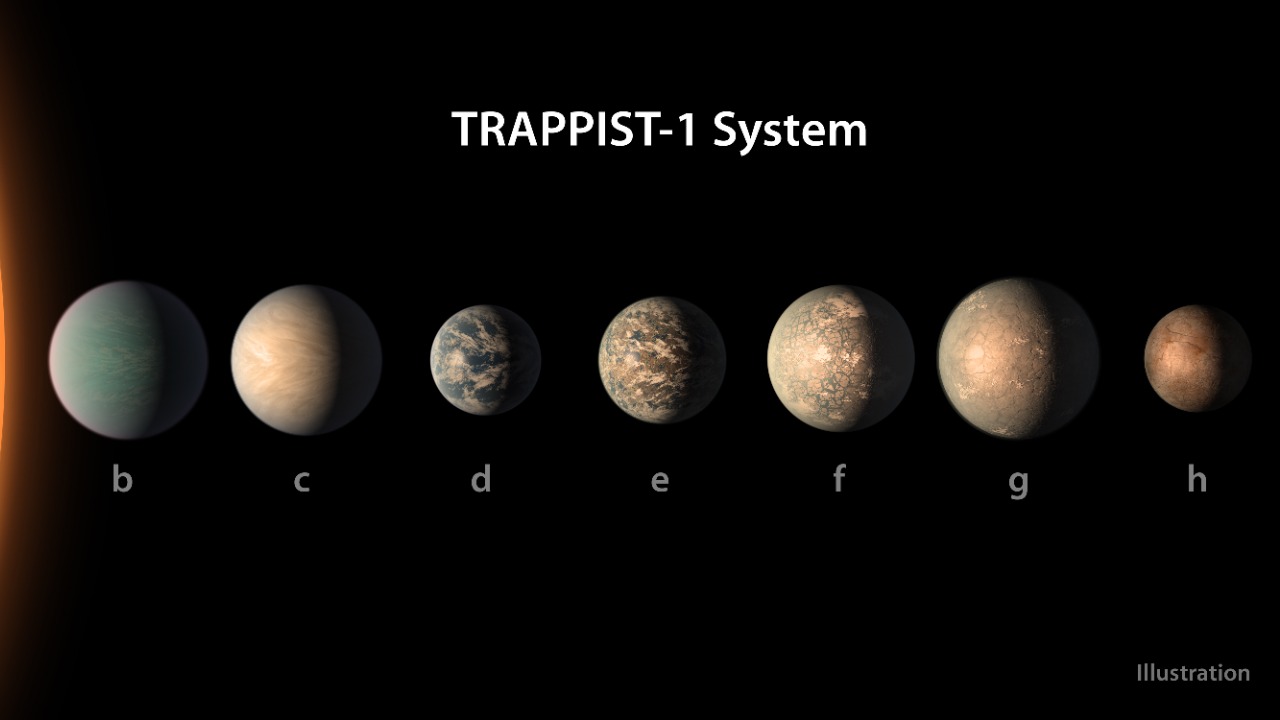
TRAPPIST-1e is part of the amazing TRAPPIST-1 system, which features seven Earth-size planets orbiting a cool dwarf star. This system is located approximately 40 light-years away in the constellation Aquarius. TRAPPIST-1e is particularly interesting because it is one of the three planets in the system that lie within the star’s habitable zone, where conditions might be right for liquid water to exist.
The discovery of TRAPPIST-1e and its neighboring planets has expanded our understanding of planetary systems and the variety of worlds that exist. This system’s relative proximity to Earth makes it a prime target for future studies with the James Webb Space Telescope and other missions. To explore more about the TRAPPIST-1 system, visit this link.
LHS 1140b
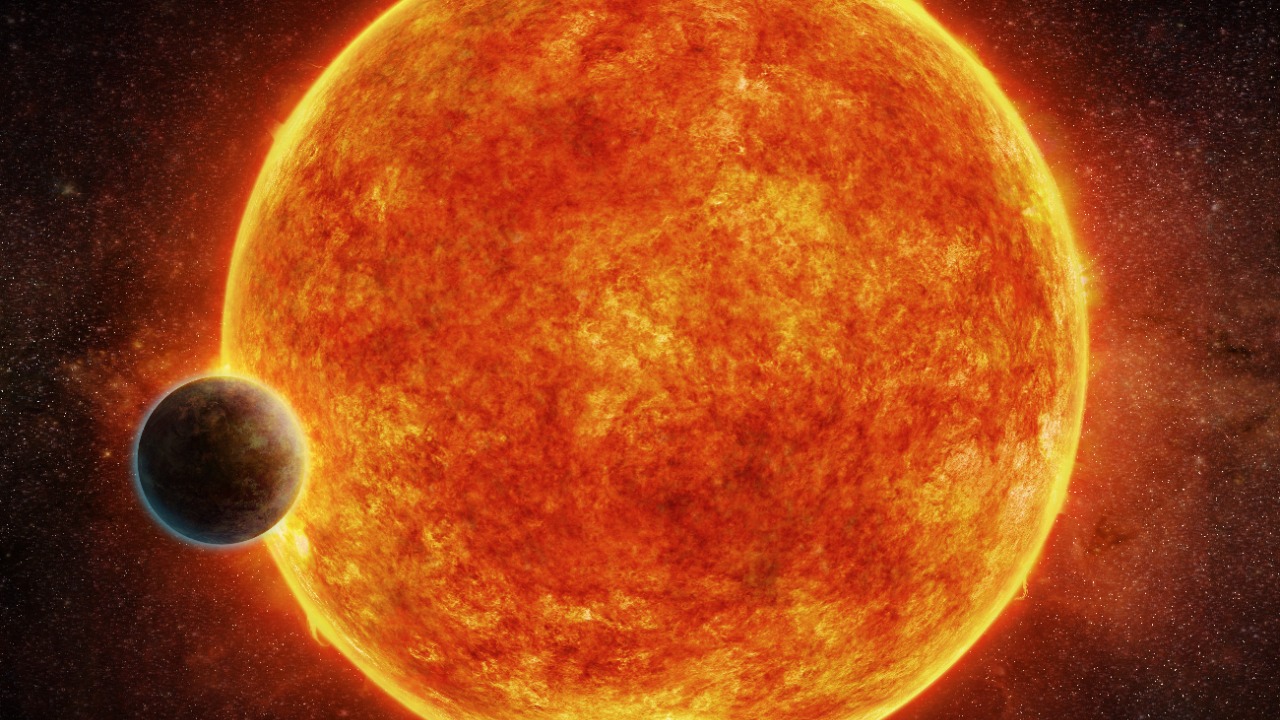
LHS 1140b is a super-Earth located in the habitable zone of its star, a red dwarf named LHS 1140. Situated about 40 light-years away in the constellation Cetus, this planet is believed to be rocky and much larger than Earth. Its dense atmosphere and potential for water make it an intriguing subject for scientists studying the conditions necessary for life.
The planet’s discovery was hailed as a significant step forward in finding habitable worlds beyond our solar system. It offers a unique opportunity to study how atmospheres develop on planets that orbit red dwarf stars, which are known for their stellar flares and variability. More information about this discovery can be found here.
Proxima Centauri b
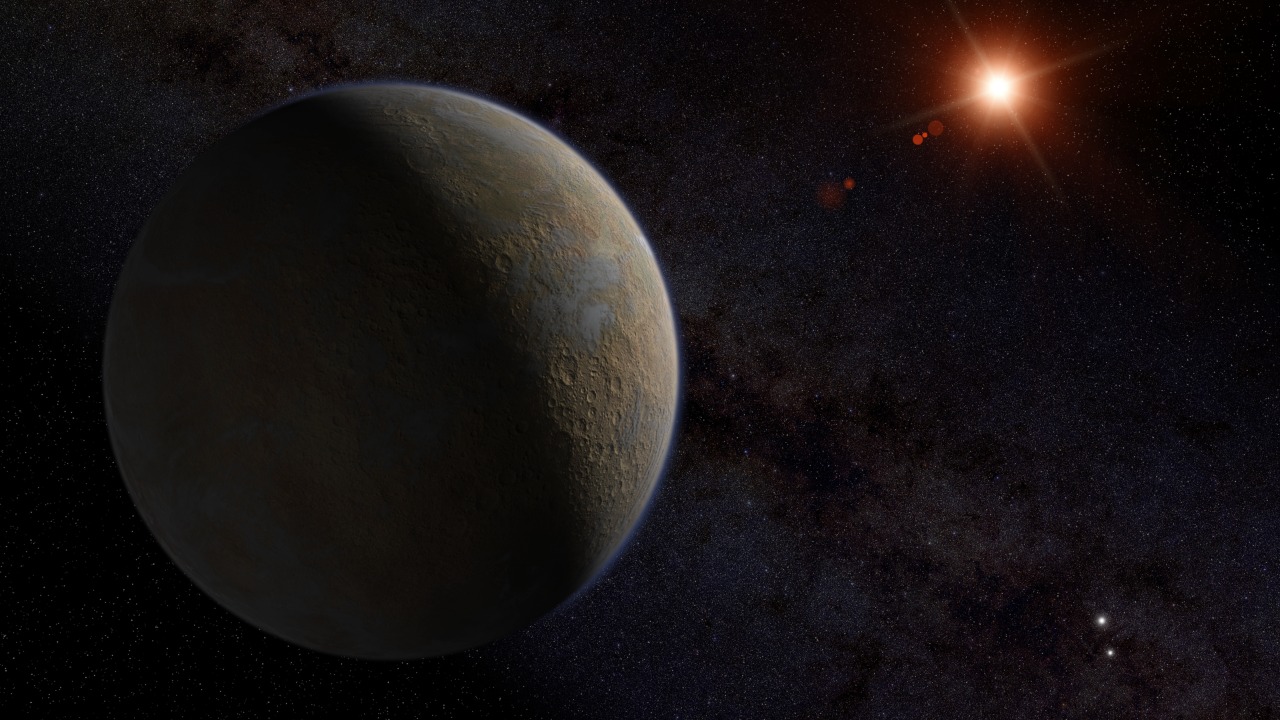
Proxima Centauri b is an exciting exoplanet discovery due to its proximity to Earth. It orbits Proxima Centauri, the closest known star to the sun, located just over four light-years away. This planet lies within its star’s habitable zone, making it a prime candidate for potential life.
The discovery of Proxima Centauri b has sparked interest in studying planets around the nearest stars to us. Its location provides a unique opportunity for future missions to explore and gather more data about its atmosphere and surface conditions. The potential for studying a neighboring star system makes Proxima Centauri b a fascinating subject of research.
TOI-700 d
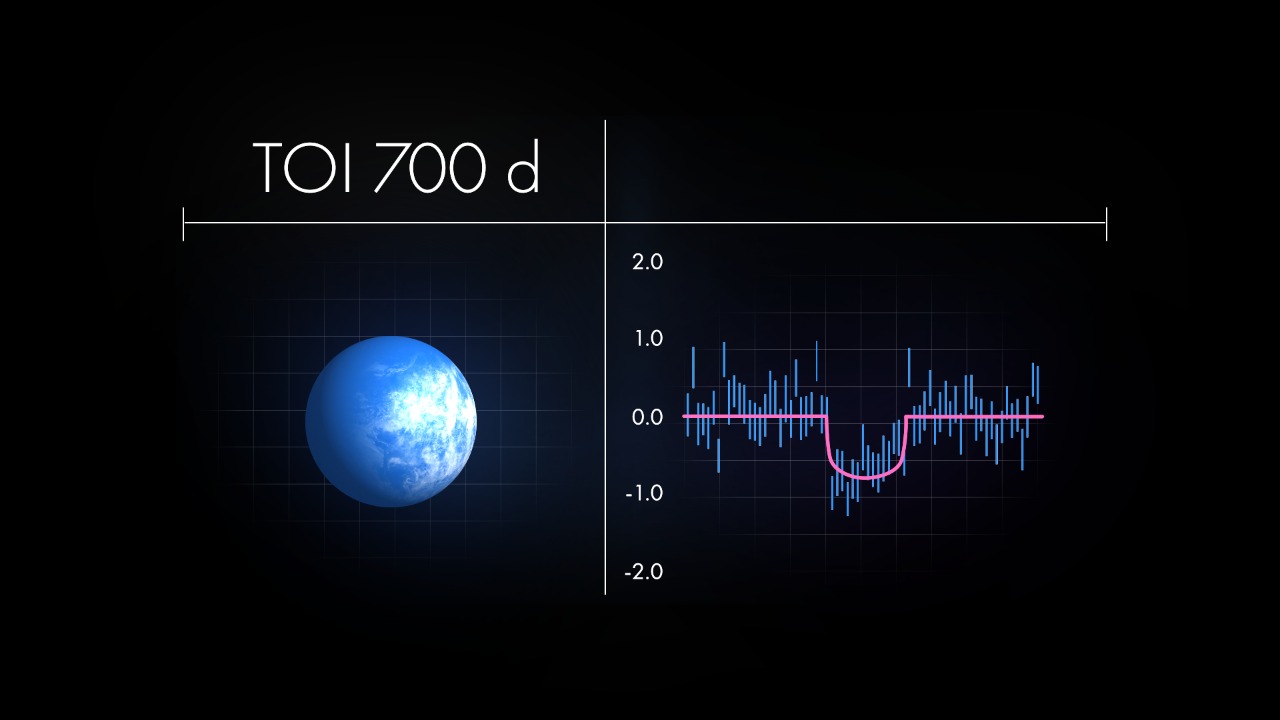
TOI-700 d is a remarkable discovery by NASA’s Transiting Exoplanet Survey Satellite (TESS). It is one of the few Earth-size planets found in the habitable zone of its star, TOI-700, which is a red dwarf located about 100 light-years away in the constellation Dorado.
TOI-700 d’s location within the habitable zone makes it a prime target for studying the conditions that might support life. The discovery of this planet is a significant achievement for TESS, which continues to uncover new exoplanet candidates. For an in-depth look at the significance of this discovery, read more here.